#Technology
North American Skies Will Be Filled With Flying Cars in 10 Years: Uber CEO
Uber Technologies Inc.’s chief executive, Dara Khosrowshahi, predicts a nearish future where civilians whiz around in sky-bound automobiles.
“There will be people flying around Dallas, Texas,” Khosrowshahi said at the Digital Life Design conference in Munich, his first work-related appearance in Europe since taking over as Uber’s CEO last year. “I think it’s going to happen within the next ten years.”
Considering we’ve been waiting on flying cars for roughly 100 years, what’s another decade?
We’re kidding, of course. Anyone with a modicum of common sense understands that mass-produced floating automobiles are pure fantasy. Work on such vehicles hasn’t really progressed all that swiftly and there’s been no breakthroughs in the technology, either. The best anyone seems to be able to do is build massive drones ( which crash) or automobiles that can be converted into airplanes.
Does that make Khosrowshahi a bearded liar?
Idiots Need to Understand That Self-driving Cars Aren't Here Yet
With automakers, the Department of Transportation, NHTSA, and Congress all attempting to get self-driving vehicles onto the road as quickly as possible, the autonomous revolution finds itself in a sticky situation. Some motorists are confusing their semi-autonomous technology with an impenetrable safety net. This has resulted in avoidable accidents as drivers assume their high-tech cars can cope with whatever’s thrown at them, and it’s probably going to get worse as more idiots buy them.
We’ve already covered how semi-autonomous features make everyone less-effective behind the wheel and the fatal Tesla Autopilot crash was a story we kept up with for over a year. Investigators ruled that accident was the perfect storm of mishaps, however, there remains a common thread between the two pieces. The driver may have been spared were he not so eager to put his faith into the vehicle’s semi-autonomous system.
On Monday, a Tesla Model S collided with stopped firetruck that was responding to an accident on a freeway in Culver City, California. As you already guessed, the driver told the firefighters that the vehicle was operating in Autopilot mode. While nobody was injured in the crash, it’s another stroke in the ugly portrait of people placing blind trust in a technology they don’t understand. And, boy oh boy, are we just getting started on illustrating this problem.
Automakers Claim Robots Won't Steal Any More Jobs - For a While, Anyway
The car industry was one of the first to employ widespread automation as a way to streamline manufacturing. However, plenty of jobs have been handed over to robots since the 1980s. Cashiers, tollbooth operators, librarians, and practically everyone who has worked in shipping has seen some aspect of their job replaced with automation. But automakers now claim the usefulness of robots has reached its peak — at last for the time being.
In the midst of an autonomous revolution where drivers will be eventually be replaced by computer-controlled vehicles, numerous carmakers suggest robots still can’t substitute humans on the assembly line.
QOTD: Has Technology Ever Saved Your Hide?
It’s looking like the winter of 2018 is something many of us will talk about, probably with much venom and/or wonder, in the years to come. Unpredictable, erratic, and prone to extremes — at least so far. North Carolina received a blizzard yesterday, providing Bozi Tatarevic’s WRX with an opportunity to shine. As for myself, upon returning home from Detroit I discovered my car’s doors sealed shut with ice. Nothing short of a blowtorch will pry those portals open.
Oh well. It’s going to warm up this week. I have a bottle of Jack and a selection of non-perishables.
While in Detroit, a colleague told of his adventure on a slushy, crowded Toronto-area highway, during which the back end of his F-150 got very loose while navigating the shallowest of turns at high speed. Electronic stability control kicked in, did its job, and the trip continued without incident. This got me to thinking — with new cars leaving the factory with an ever-increasing roster of electronic nannies, how often do these driver aids actually avert disaster?
Europe's Growing Distaste for Diesel Is Great News for Hybrids - and an Opportunity for Toyota
In the first half of last year, the number of new vehicles sold in Europe with a diesel engine under the hood (or bonnet, depending on your port of call) fell below that of gasoline-powered vehicles.
Spurred on by various tax incentives aimed at boosting national fuel economy, diesel’s popularity hit a high water mark in 2011, with 55.7 percent of all passenger cars sold in Western Europe that year leaving the lot with a compression ignition powerplant. However, since Volkswagen’s debacle, automakers, governments, and consumers are having second thoughts about the fuel.
After seeing the diesel take rate fall 17 percent in 2017, Britain anticipates the overall market share for oil burners could hit 15 percent in 2025. Germany, birthplace of diesel fandom, saw sales sink 7 percent last year, now standing at 38.8 percent of new vehicles. The French take rate is now below 50 percent, as well.
Replacing the incentivized high-torque engines isn’t a job that can be handled by gasoline alone, not in that market, anyway, which is where hybrid vehicles come in. For Toyota, this as much a problem as an opportunity — one that could have an impact on North America.
Fisker's EMotion: Realer Than Ever and Still Promising the Moon By 2019
Fisker, now called Fisker, Inc. after the company Henrik Fisker originally created fell into bankruptcy, is going after the luxury EV market for a second time. Don’t let past money troubles worry you too much, though. Even Henry Ford filed for bankruptcy twice before forming the company that build the Model T.
Instead, let your fears stem from the questionable build quality of the Fisker Karma, which faltered on the market in 2012. Because the new model, dubbed the EMotion, appears to be a rehash of the old formula with its ambitions set much higher. Offering self-driving abilities, an impressive electric range, an extravagant design, and some of the market’s most desirable infotainment functions, the EMotion is either a trumped-up prototype or the absolute pinnacle of electric luxury sedans.
QOTD: What Terrifies You About a Self-driving Future?
The Consumer Electronics Show, now known just as CES, is currently in full swing, with legions of auto journos mingling in ever greater numbers with fawning members of the tech press, eagerly awaiting the latest gadget designed to move the proverbial steering wheel further and further from your hands.
To some, especially self-described urbanists who take startup manufacturer predictions seriously, the words “autonomous” and “self-driving” herald a bright future filled with convenience and relaxation; to others, it’s a portent of a dystopian nanny state where human-driven vehicles have disappeared from the streets, all in the interest of safety and responsibility to your fellow man. A future where there’s ever more limitations on personal autonomy, with private car ownership singled out as a particularly problematic pastime.
You can guess on which side of the fence this author falls.
Who's Really to Blame for Robot-Human Crashes? Are We Really Such Awful Drivers?
(In keeping with our promise to share thought-provoking fodder with our readers, we sometimes run articles published by TTAC’s sister sites. This look at recent crashes involving self-driving Chevrolet Bolts, penned by GM Inside News head honcho Michael Accardi, touches on a number of themes we’ve explored in these pages. Are humans really to blame for all of the accidents involving “perfectly safe” autonomous vehicles, or is the real picture not as crystal clear? Read on.)
The autonomous Chevrolet Bolts GM’s self-driving startup has running around San Francisco have been involved in 22 accidents during 2017 – none of which were the software’s fault (legally, that is).
Cruise Automation has been using a fleet of self-driving Chevrolet Bolts to log autonomous miles in an urban environment since GM purchased the company for more than $1 billion in 2016. When you’re trying to disrupt personal transportation as we know it and develop a new technology standard, there are bound to be a few incidents.
But this hybrid model of humans and algorithms sharing the road is more complex than simply apportioning blame based on the law, isn’t it? None of the 22 incidents involving GM’s Cruise fleet were serious, but a majority of them were caused by a fundamental difference in the way autonomous and human drivers react.
Patent Reveals GM Is Working on a High-compression, Twin-turbocharged, Hybrid Powertrain
General Motors has recently filed a patent that could point to the future of the company’s high-performance offerings, including the C8 Corvette.
After 18 months in review by the United States Patent and Trademark Office, documents published on October 24, 2017, reveal GM has been granted a patent for an internal combustion engine with elevated compression ratio and multi-stage boosting.
The document describes a propulsion system made up of a high compression internal combustion engine that uses a low-flow supercharger in combination with a high-flow turbocharger, linked to “one or more electric motor/generators.”
It gives us an interesting look at how GM engineers plan to continue producing obscene performance cars like the Corvette ZR1 and Camaro ZL1 1LE in a world of increasingly stringent emission regulations.
Bummer: BMW Needs to Build a Lot of Large, Powerful Vehicles Before It Can Go Green
Because large, powerful vehicles surely play second fiddle to self-driving technology and electric powertrains, right? That sentiment might not hold true in the minds of driving enthusiasts, or even the people in charge of building those vehicles, but that’s the direction the industry’s headed. Greener. Smarter. More soulless.
At BMW, the company’s plan for a cleaner future comes with a steep price tag. In an odd twist, the cost of developing new technologies just might make life more enjoyable for driving enthusiasts in the near future.
GM's 'Digital Marketplace' Under Fire Just a Day After It Was Announced
After announcing its new in-car marketplace earlier this week, General Motors is taking some heat from the National Safety Council. While we weren’t entirely sold on the shopping service either, our concerns revolved mainly around the automaker’s initial push into consumer data acquisition and targeted advertising.
We glossed over the safety angle, for the most part, mainly because we hadn’t yet played with the feature. However, the council’s worries focus squarely on the potential risk for distracted driving.
Upon marketplace’s release, GM tried to make clear that the service took those dangers into account, offering what it claims is a safer alternative to mobile phone use. But National Safety Council President Deborah Hersman believes the app will only create more accidents, hinting at the role cumbersome in-car technologies may have played in last year’s 5.6-percent rise in U.S. auto fatalities.
QOTD: Variable Displacement - New Hotness or Inevitable Blowout?
At this week’s L.A. Auto Show and Traffic Negotiation Event, Infiniti will reveal the next generation QX50 — an overdue replacement for the aged model formerly known as the EX35. While the introduction of a crossover that’s losing its V6 and rear-wheel-drive platform wouldn’t normally interest me, the model’s new engine does.
Today we’re going to discuss variable displacement and the future of internal combustion engines. Fly or flop, what say you?
You'll Have to Pry the Steering Wheel From Porsche's Cold, Dead Hands
Like BMW, which aims to keep gas-powered M cars in production for as long as humanly possible, Porsche is also making a commitment to motoring purity in the face of new technologies and government overreach. That circular device positioned in front of the driver? Porsche wants to keep it there.
The specter of Big Government and Big Safety conspiring to kill non-autonomous motoring is a real fear, one that’s been talked about more than a little here at TTAC. Call it the Red Barchetta scenario.
Porsche seems aware of it, too, though it tiptoes around the entity at the center of the issue. Nevertheless, the automaker claims a future Porsche “will be one of the last automobiles with a steering wheel.”
Ghosn: Suppliers Essential to Nissan's Future Success
Carlos Ghosn, CEO of the Nissan-Renault-Mitsubishi Alliance, says automakers are going to have to get comfortable with suppliers doing more of the work as the industry evolves. With in-car technologies progressing more rapidly than ever before, the alliance head says engineers will have to lean on parts providers to take the burden off its own engineers.
Ghosn even said he had recently spoken to supplier who accused him of not listening. “They said we are duplicating [their] work,” the CEO recalled.
“They said, ‘We are developing the same things, and at the end of the day, you’re going to order parts from me, and you’re going to pay twice — for your own development and for mine. So why don’t we start from the beginning to work together?’ That’s an important point,” he said. “We are now probably one of the largest buyers in the world.”
The automotive collective intends to sell more than 14 million vehicles annually by the end of 2022, which represents an increase of about 3.5 million units from the expected volume for 2017. The strategy includes more shared platforms and powertrains between brands, a dozen EV models, and a fleet of autonomous taxis.
Compression Test: Infiniti Set to Unveil a Variable Compression Engine
We’ve mused on Infiniti’s Variable Compression Engine in the past, calling it everything from a chameleon to the holy grail. Its killer app? The ability to changes the distance the pistons travel in their cylinders by as much as 6 mm, or about a quarter of an inch.
Why is this important? Because it is, arguably, the first major change to the workings of a internal combustion engine in more than a century.



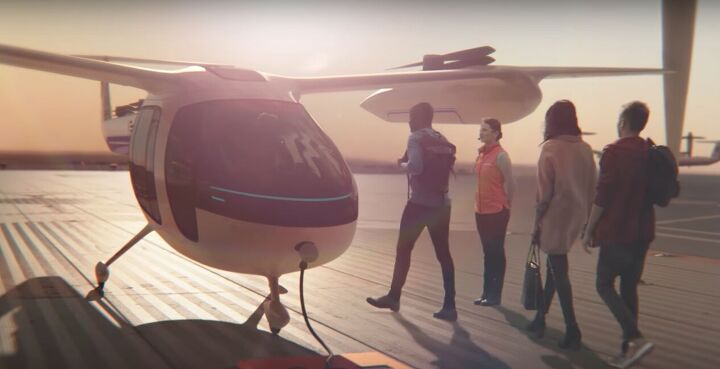
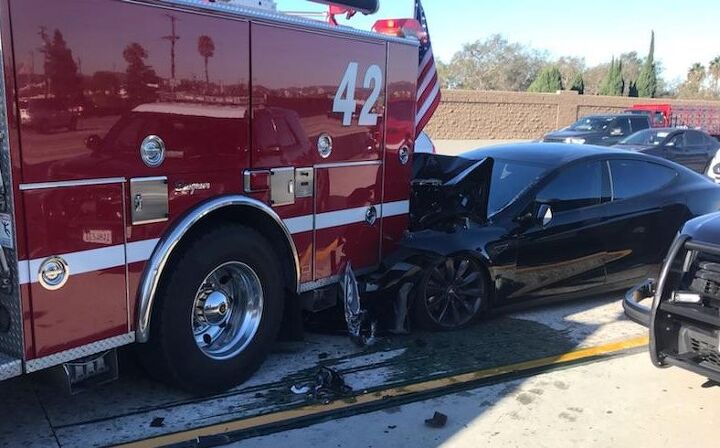
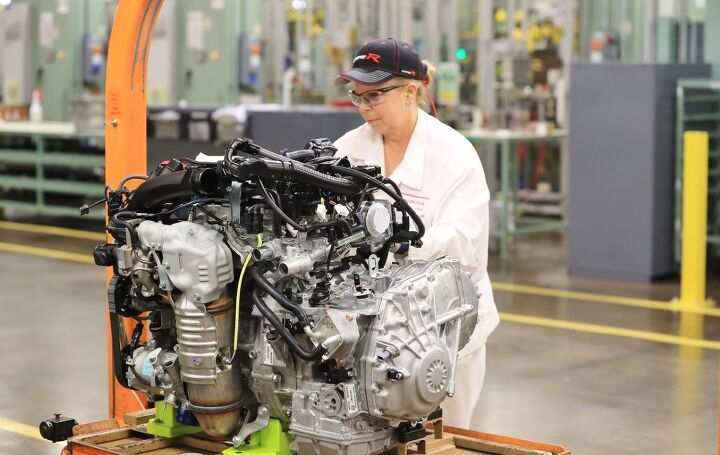

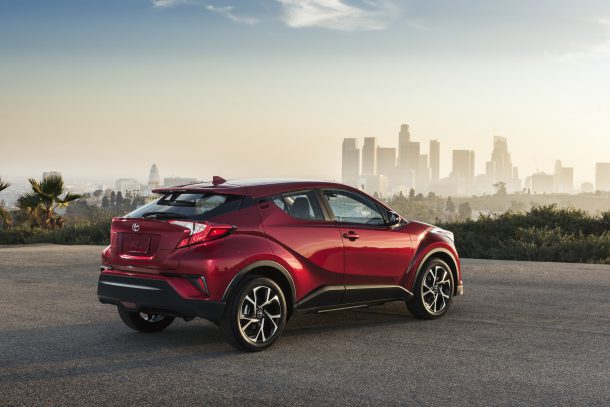







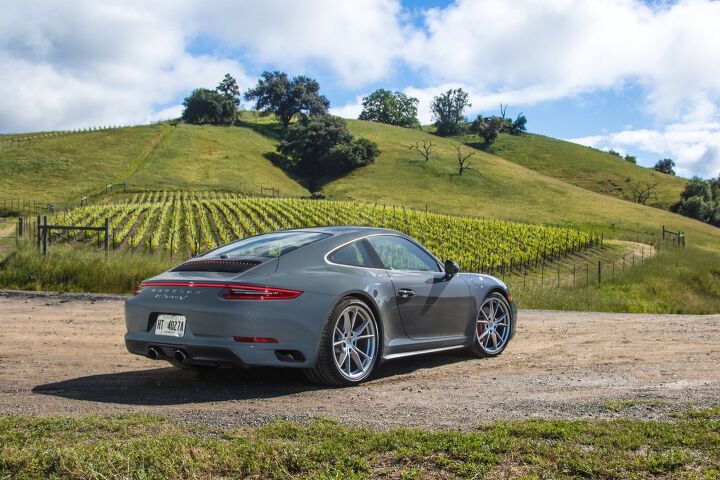

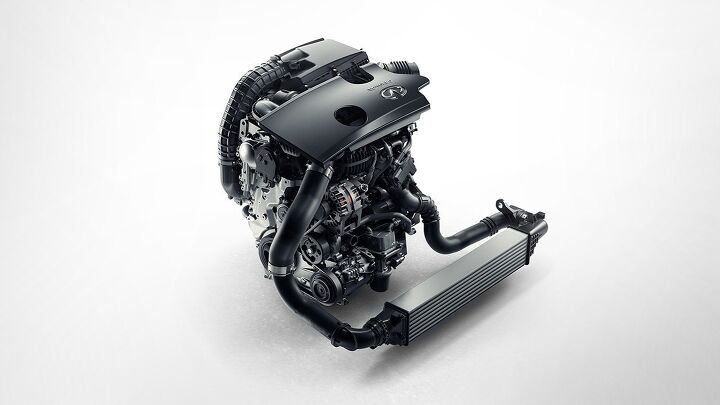












Recent Comments